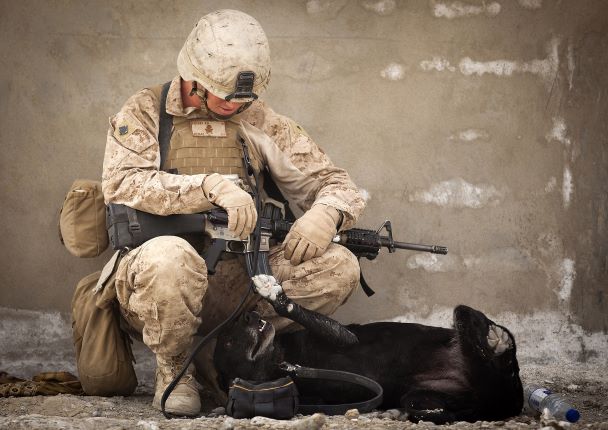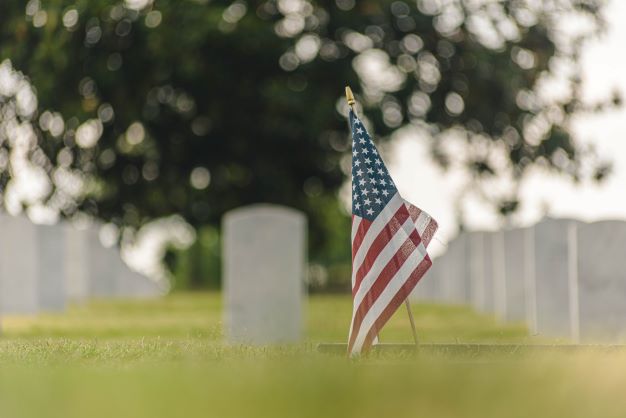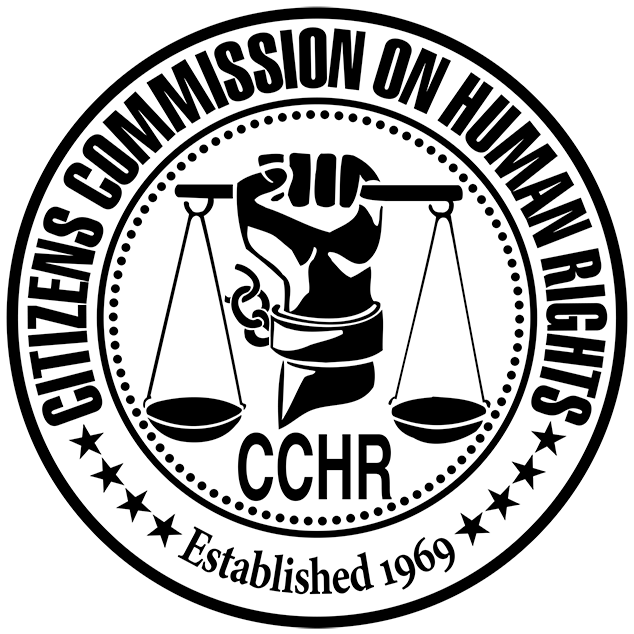Research studies have found that the antidepressants commonly prescribed for PTSD and depression double the rate of suicidal thoughts and actions.
During PTSD Awareness Month, attention turns to the aftermath of traumatic events, which have always been part of the human experience. But so-called post-traumatic stress disorder is being applied more broadly these days to a wide range of stressful events, turning them into psychiatric disorders for which the prescription is typically mind-altering psychotropic drugs – drugs which carry the risk of suicidal thoughts and actions. This risk is especially relevant to former service members, in light of the stubbornly high rate of veteran suicides.
The rate of suicides by former service members is a matter of some debate. The 2022 National Veteran Suicide Prevention Annual Report, issued by the U.S. Department of Veterans Affairs (VA), reported an average of 17 veteran suicides per day during 2020, the most recent year for which national death certificate data is available. The rate of veteran suicides per 100,000 population was 57% higher than the rate of non-veteran adult suicides.

The VA’s suicide rate per day has been challenged in a study underway by a veteran suicide prevention organization, America’s Warrior Partnership, which is using state mortality data gathered by the University of Alabama and analyzed at Duke University in coordination with the U.S. Department of Defense (DOD). So far, five years of death data from eight states has been analyzed, with corrections made to the states’ data reporting. An interim report on the study says that if these eight states are representative of the rest of the nation, the veteran suicide rate would be at least 44 per day, which is 2.4 times higher than the VA’s reported rate.
Whatever the rate, it is completely unacceptable. The VA further reported that 40% of the suicides were committed by veterans who had used the VA health care system in the year prior to their death. This reflects a 43% increase in suicides by VA health services users since 2005.
What accounts for this continuing high number of suicides, especially among veterans who utilized VA health services?
In response to a Freedom of Information Act (FOIA) request filed in 2021 by the Citizens Commission on Human Rights International (CCHR), the Veterans Health Administration revealed that in 2019, 4.2 million veterans were taking psychiatric drugs, including antidepressants, antipsychotic drugs, antianxiety drugs, and mood stabilizers. These drugs have the known side effects of suicidal thoughts, suicide attempts, and completed suicides – adverse events reported to the U.S. Food and Drug Administration (FDA) in drug studies and by consumers.
Of the 4.2 million former service members prescribed psychiatric drugs, 1.75 million (41%) of them were prescribed antidepressants, which is typical treatment for PTSD, as well as depression. The VA website’s information on PTSD lists only antidepressants as medications for treatment.

The FDA has required a black box warning, its most stringent warning, on antidepressant labels to alert users to the increased risk of suicidal thoughts and actions in those under the age of 25, an age range that includes many of active service members and veterans who have taken their own lives.
CCHR has long advocated for the warning to be expanded to include all adults, based on empirical evidence. Researchers who conducted a systematic review and meta-analysis of clinical trials in which SSRI and SNRI antidepressants were given to healthy adult volunteers with no signs of depression found that antidepressants double the risk of suicidality and violence.
Another study re-analyzed data submitted to the FDA for approval of antidepressants and found that the rate of suicide attempts in drug trials was about 2.5 times higher in patients using antidepressants as compared to those taking placebos.
The prescriptions for psychiatric drugs for military personnel soared from 2005 to 2011, increasing sevenfold over the period, according to the DOD – more than 30 times the rate among the civilian population. Already by 2013, the Military Times reported that one in six American service members was taking at least one psychiatric drug. At the same time, military suicides were rising dramatically.
And the suicides continue. Brown University’s Costs of War Project reported that an estimated 30,177 active-duty service members and war veterans of the post 9/11 wars have died by suicide, more than four times as many as the 7,057 killed in military operations. “The suicide rate of veterans overall and adjusted for age and sex is 1.5 times that of the general population,” according to the report. “Moreover, the current suicide rate of 45.9 [per 100,000 population] among veterans [ages] 18-34 is about 2.5 times the suicide rate of that of the adjusted general population (18 per 100,000).”
To address the risks of psychiatric drugs as mental health treatment given to our active-duty military and veterans, CCHR produced its acclaimed documentary, Hidden Enemy: Inside Psychiatry’s Covert Agenda. It features interviews with more than 80 experts, soldiers, and veterans and presents evidence linking the rising number of psychiatric drug prescriptions with military suicides and sudden deaths.
The Citizens Commission on Human Rights continues to raise public awareness of the risks of serious side effects and withdrawal symptoms from antidepressants and other psychiatric drugs, so that consumers and their physicians can make fully informed decisions about starting or stopping the drugs.
WARNING: Anyone wishing to discontinue or change the dose of a psychiatric drug is cautioned to do so only under the supervision of a physician because of potentially dangerous withdrawal symptoms.
